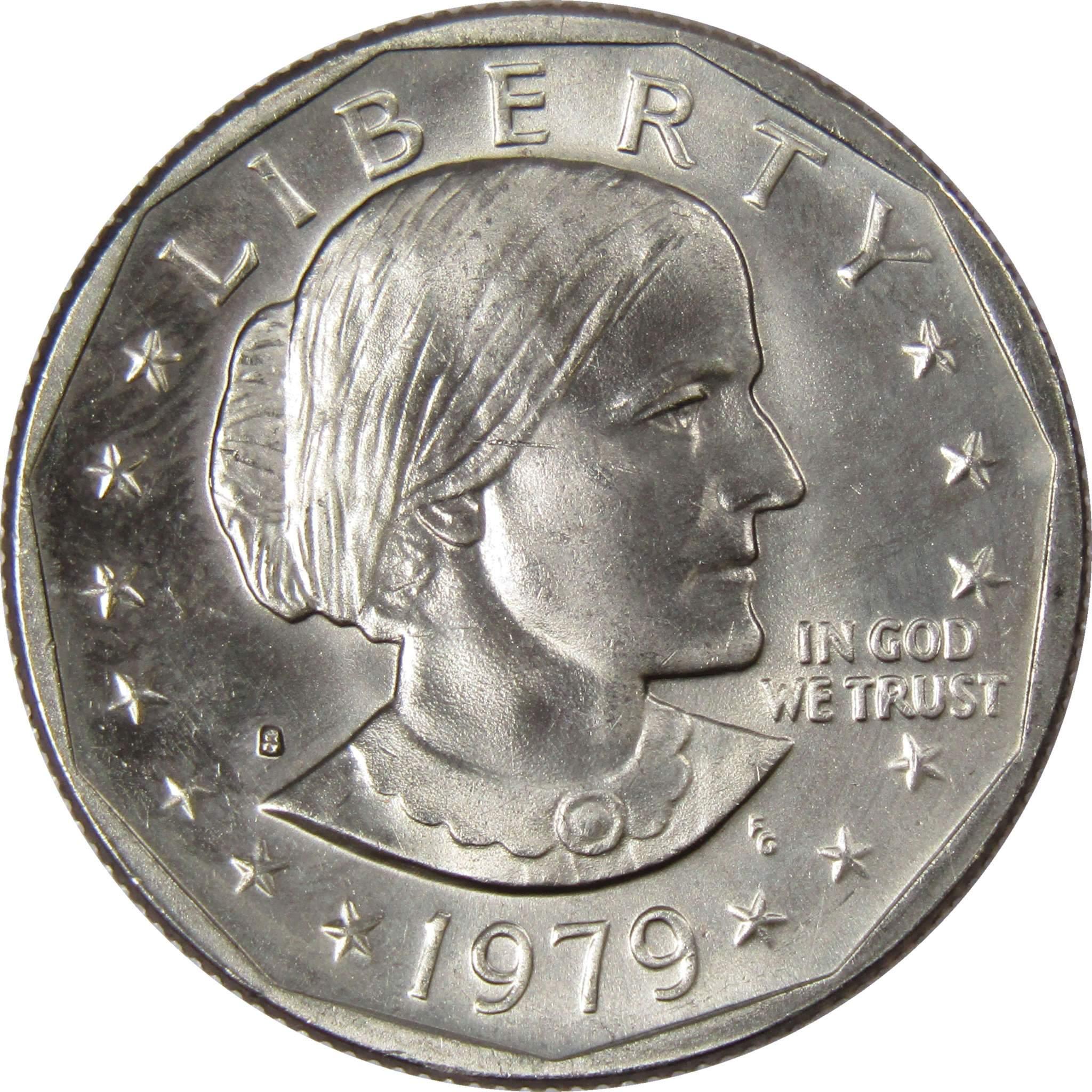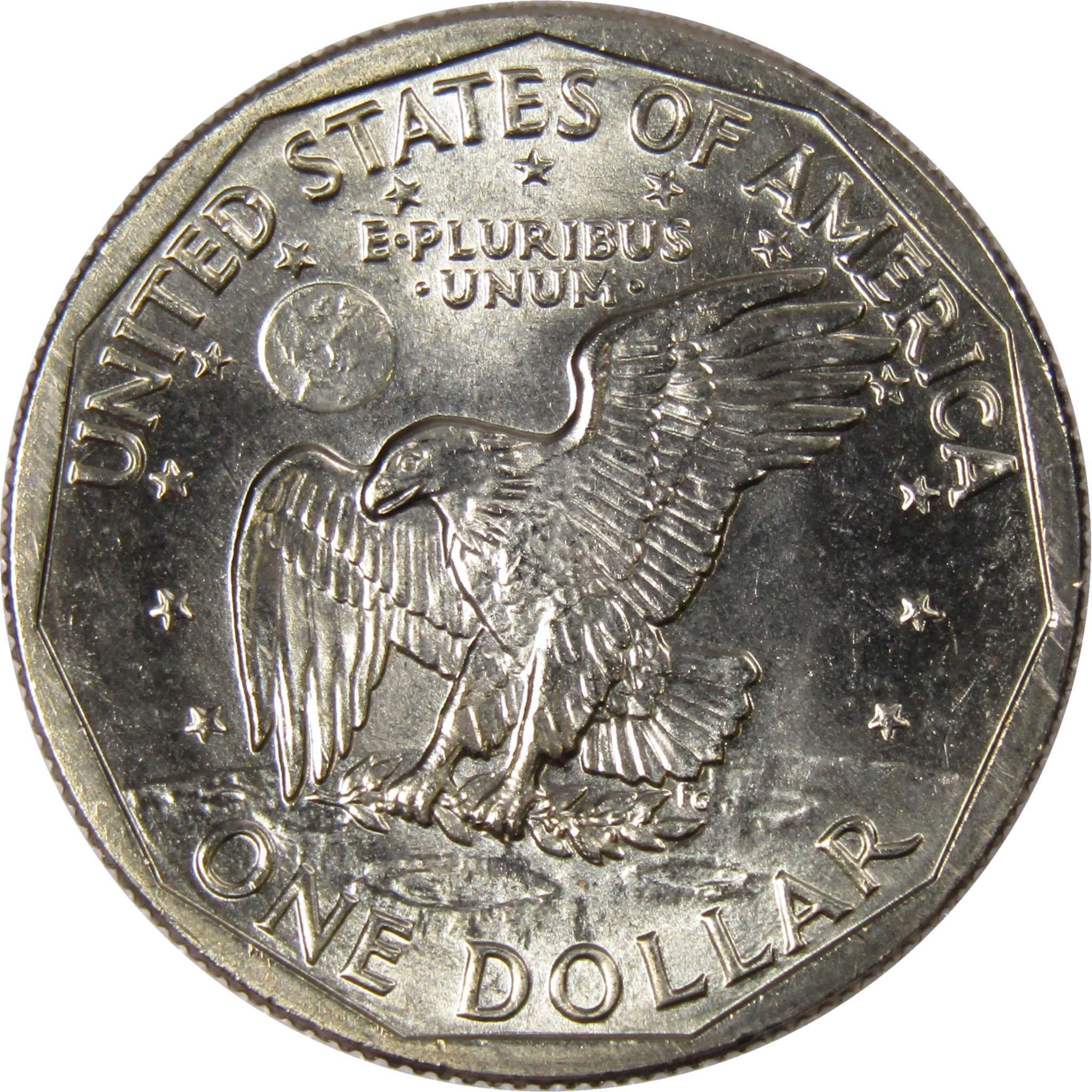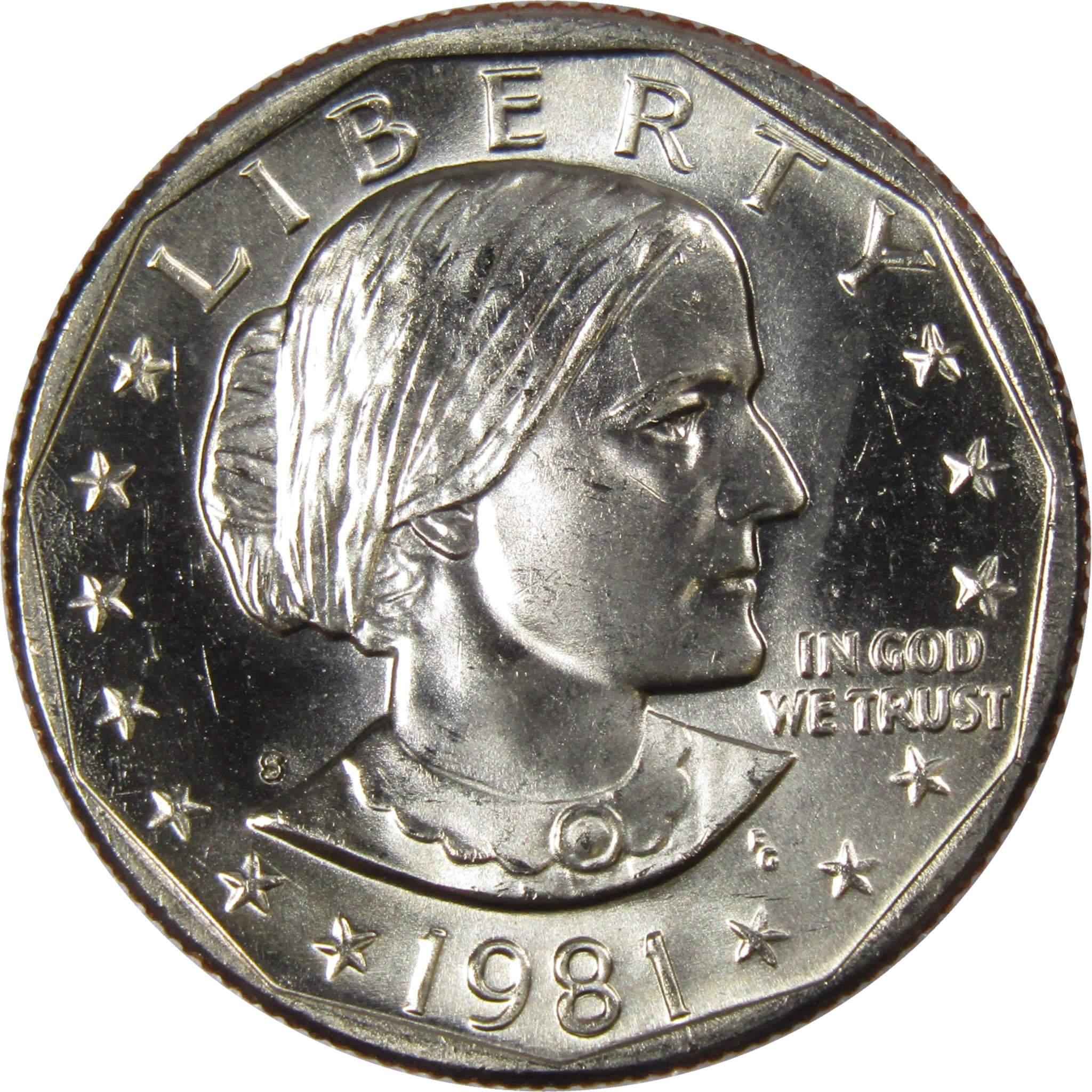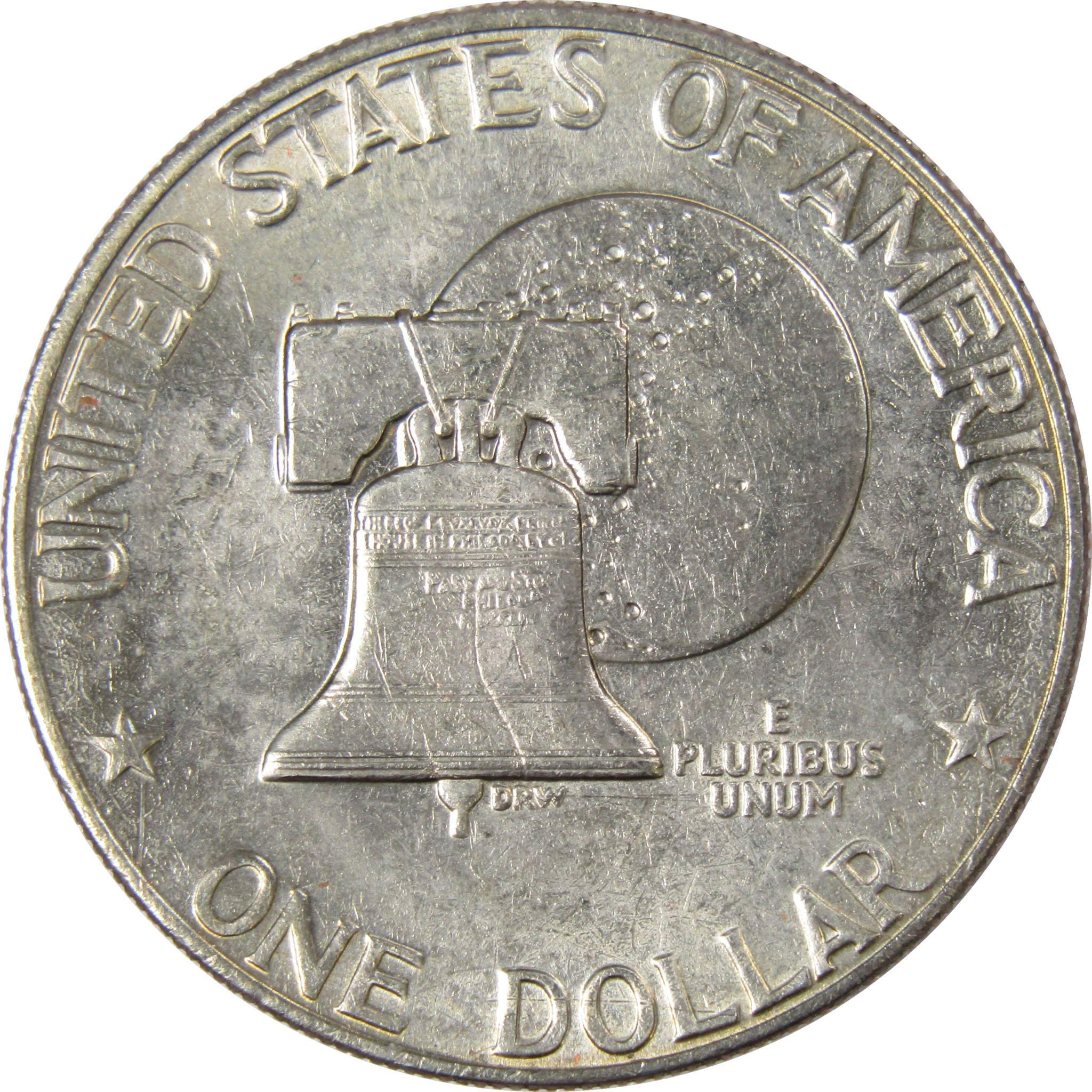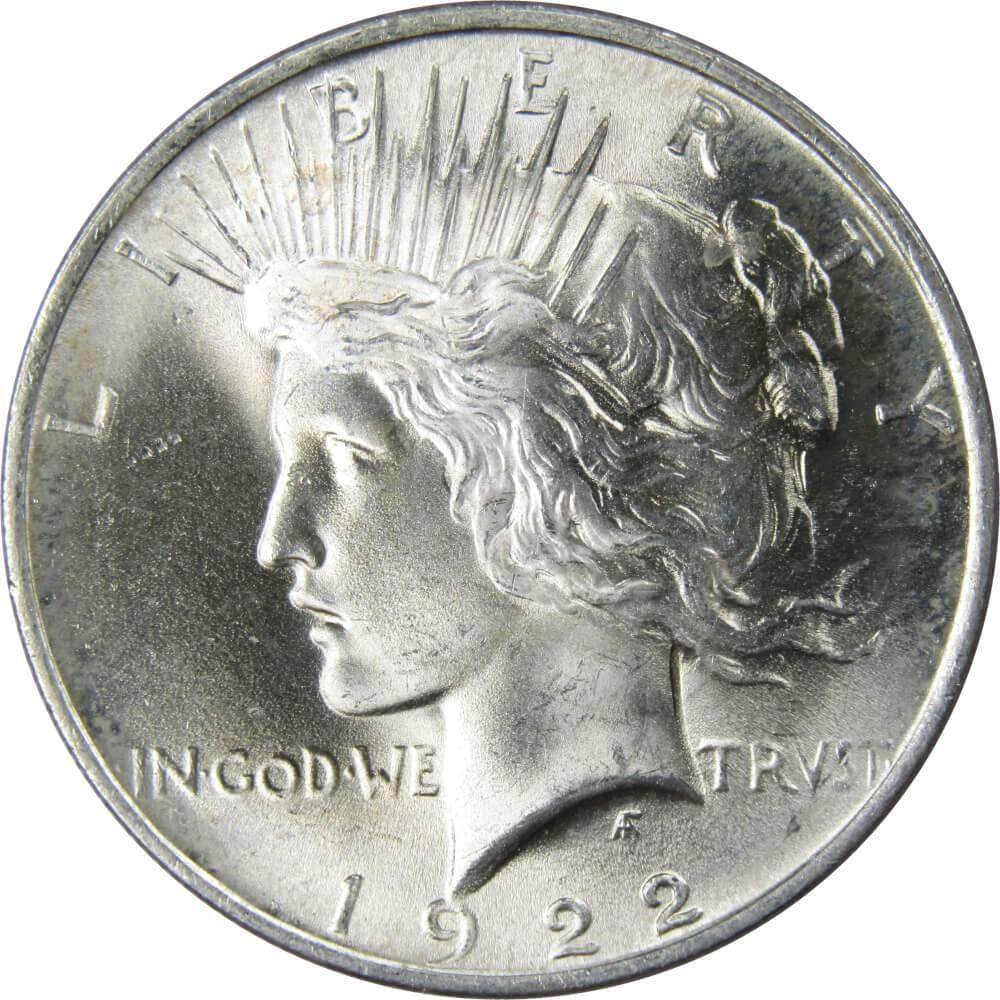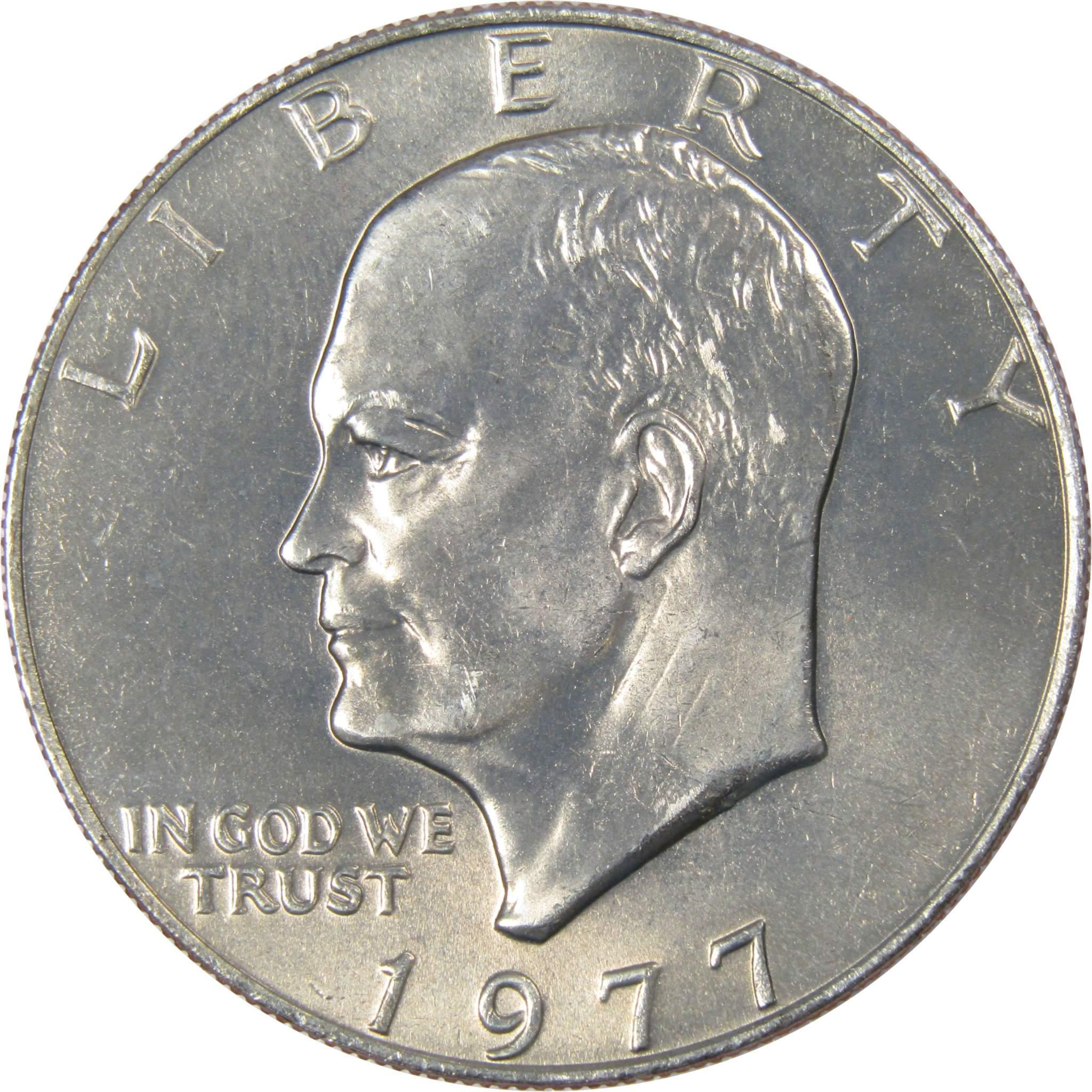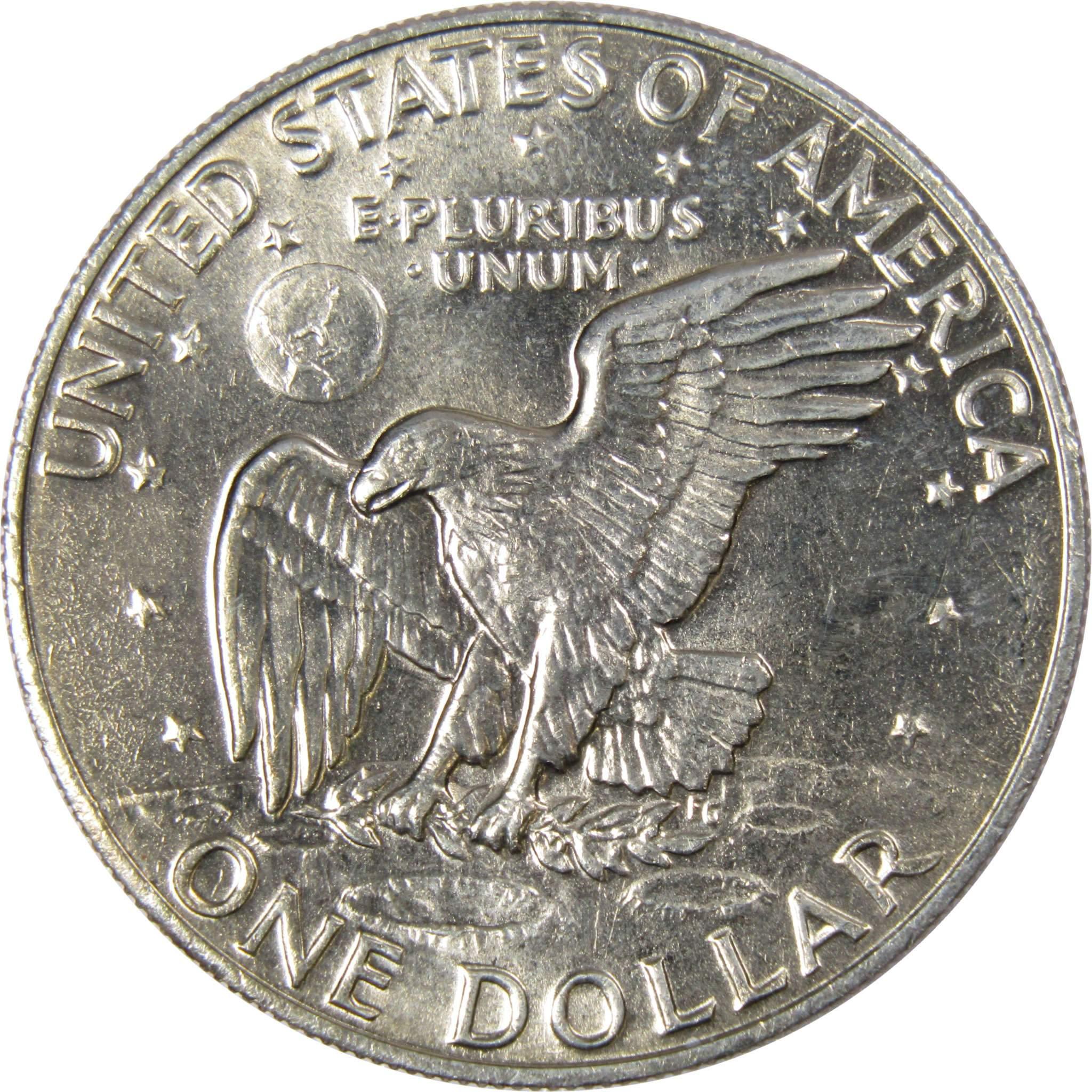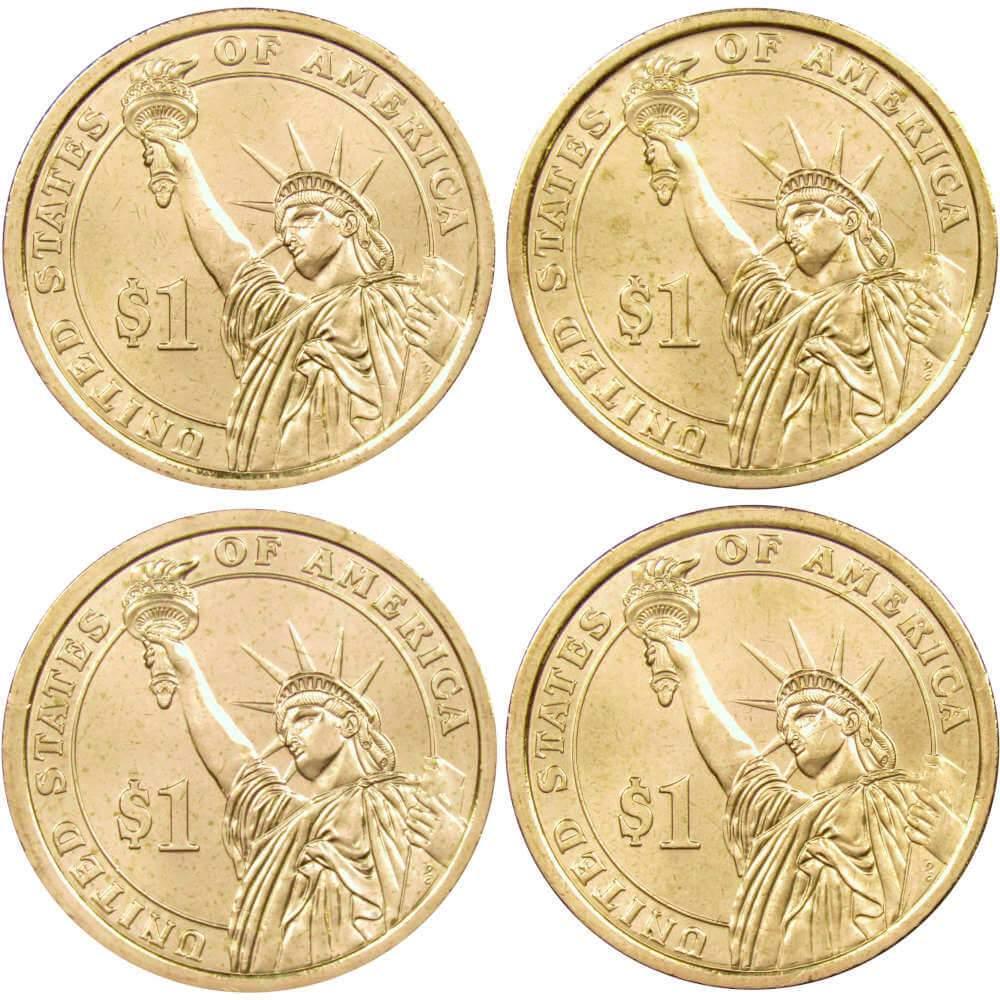U.S. Dollars
2331 products
Showing 1 - 24 of 2331 products
The U.S. dollar has evolved from colonial currencies and the Continental Currency to become the standard unit of currency established by the Coinage Act of 1792. The dollar's strength influences U.S. exports and reflects the country's economic power and stability, making it a cornerstone of the global financial system. Learn More




U.S. Dollars: A Brief History
The history of U.S. dollar coins begins in the late 18th century, soon after the establishment of the United States as an independent nation. Coinage has been an essential part of the U.S. monetary system, evolving alongside the country’s development and reflecting national values and history.
Early Dollar Coins (1794-1836)
The first U.S. dollar coin was minted in 1794 following the passage of the Coinage Act of 1792, which established the U.S. Mint and formalized the U.S. dollar as the national currency. The Flowing Hair Silver Dollar of 1794 was the first silver dollar coin, featuring a profile of Lady Liberty on one side and an eagle on the reverse. These early coins were made from silver and were designed to compete with widely circulated Spanish dollars. The U.S. Mint also issued a subsequent design known as the Draped Bust Silver Dollar from 1795 to 1803, which had a similar design but with artistic improvements. However, dollar coin production halted in 1804 due to a lack of demand and silver shortages.
The Return of Dollar Coins (1836-1935)
Dollar coin production resumed with the introduction of the Gobrecht Dollar in 1836. It was produced in small numbers and was notable for its intricate design. In 1840, the Seated Liberty Dollar was introduced, becoming one of the longest-running silver dollar series. The coin showed Lady Liberty seated, holding a shield and a pole with a liberty cap. It was minted during a time when the U.S. economy was expanding, and the demand for reliable coinage increased with westward expansion.
The Morgan Silver Dollar, introduced in 1878, became one of the most iconic U.S. coins. It featured a profile of Lady Liberty on the obverse and an eagle with outstretched wings on the reverse. Named after its designer, George T. Morgan, this coin was minted until 1904 and again in 1921. The Morgan Dollar reflected the wealth of silver mining in the American West and became a symbol of U.S. prosperity during the Gilded Age.
The Peace Dollar, minted from 1921 to 1935, was introduced after World War I to symbolize peace. It replaced the Morgan Dollar and depicted Lady Liberty with a radiant crown on the obverse and a bald eagle perched on an olive branch on the reverse. The Peace Dollar was meant to represent the nation’s hope for a peaceful future following the devastation of war.
Modern Dollar Coins (1971-present)
In 1971, the U.S. Mint introduced the Eisenhower Dollar, the first large dollar coin since the Peace Dollar. It honored President Dwight D. Eisenhower and celebrated the Apollo 11 moon landing, with an eagle landing on the moon featured on the reverse. This coin, though larger, did not gain widespread circulation due to its size and weight, and it was primarily used for commemorative purposes and in casinos.
The Susan B. Anthony Dollar, minted from 1979 to 1981 and again in 1999, was introduced as the first small-size dollar coin. It honored women’s rights activist Susan B. Anthony and was intended to replace the cumbersome Eisenhower Dollar. However, its similarity in size and appearance to the quarter made it unpopular with the public.
In 2000, the U.S. Mint introduced the Sacagawea Dollar, a gold-colored coin featuring the Shoshone woman Sacagawea, who assisted the Lewis and Clark expedition. Unlike its predecessors, the Sacagawea Dollar had a unique look with a smooth edge and golden hue, designed to prevent confusion with other coins. Though it was intended for regular circulation, its use became largely limited to vending machines and certain transit systems.
The Presidential Dollar Coin Program (2007-2016) featured U.S. presidents in the order of their service. The Native American Dollar Coin Program, began in 2009, honoring significant contributions of Native Americans to U.S. history. In 2019, the U.S. Mint started the American Innovation Dollar Coin Series, which celebrates the historical impact that contributions and advancements from every state and territory make.
In summary, U.S. dollar coins have not only facilitated commerce but have also symbolized important national ideals and figures. Their role in shaping the monetary system, their commemorative value, and their practical applications underscore their ongoing importance in U.S. history and economy.



